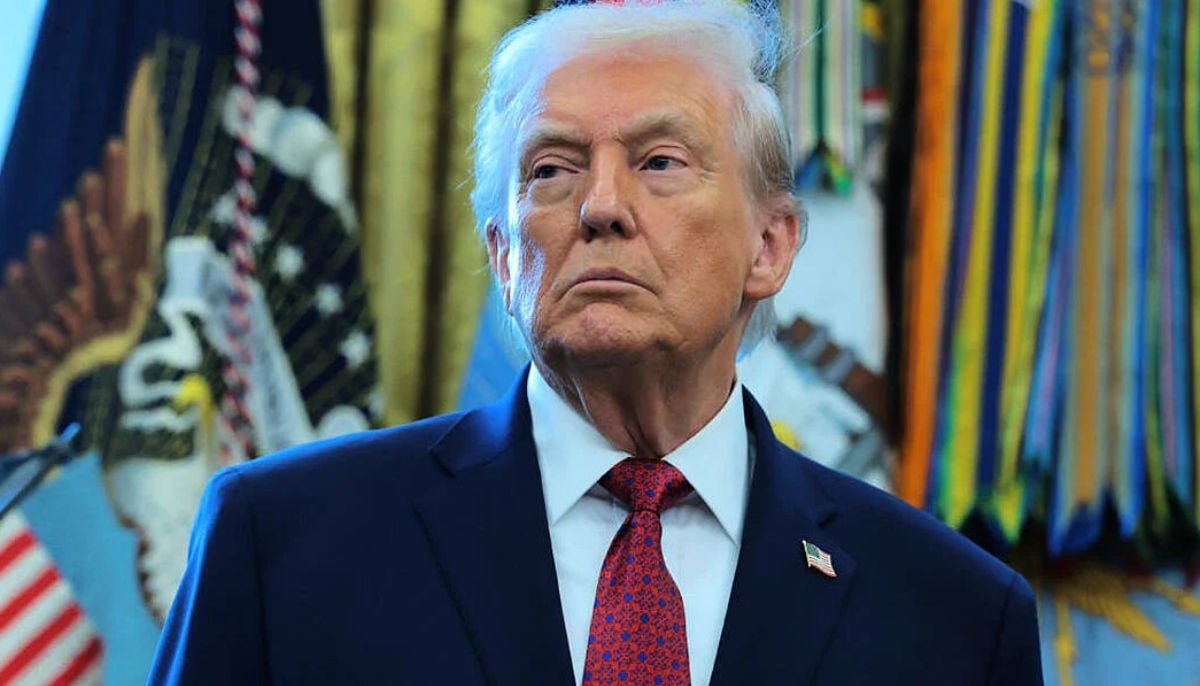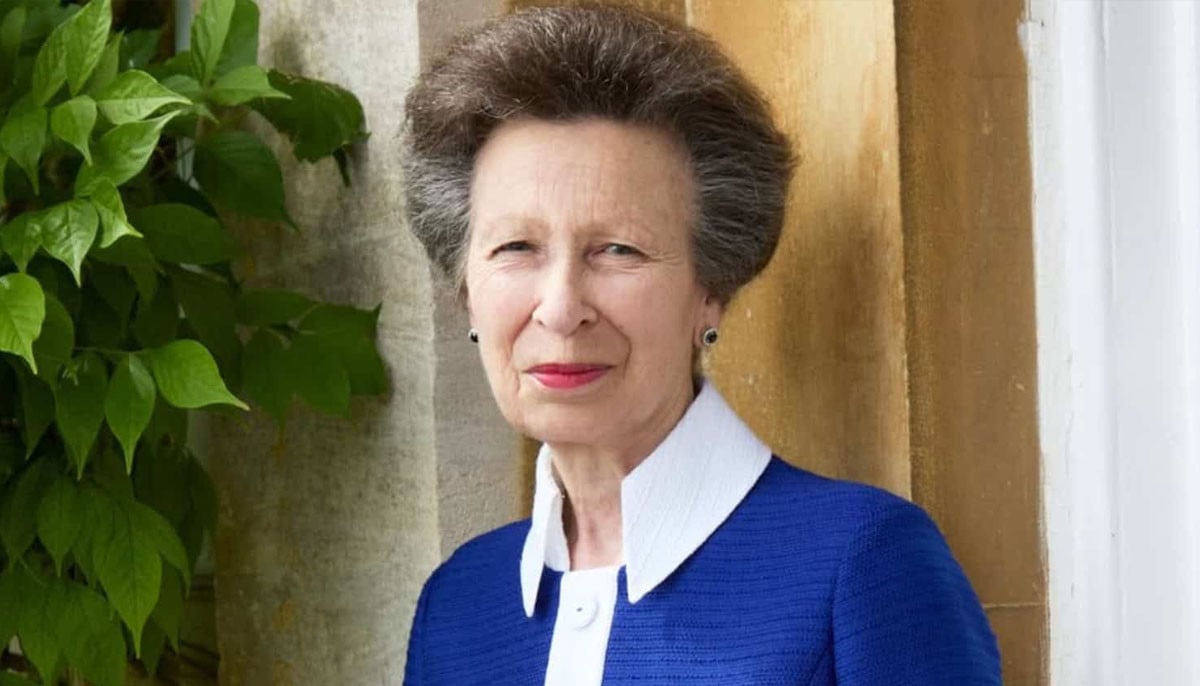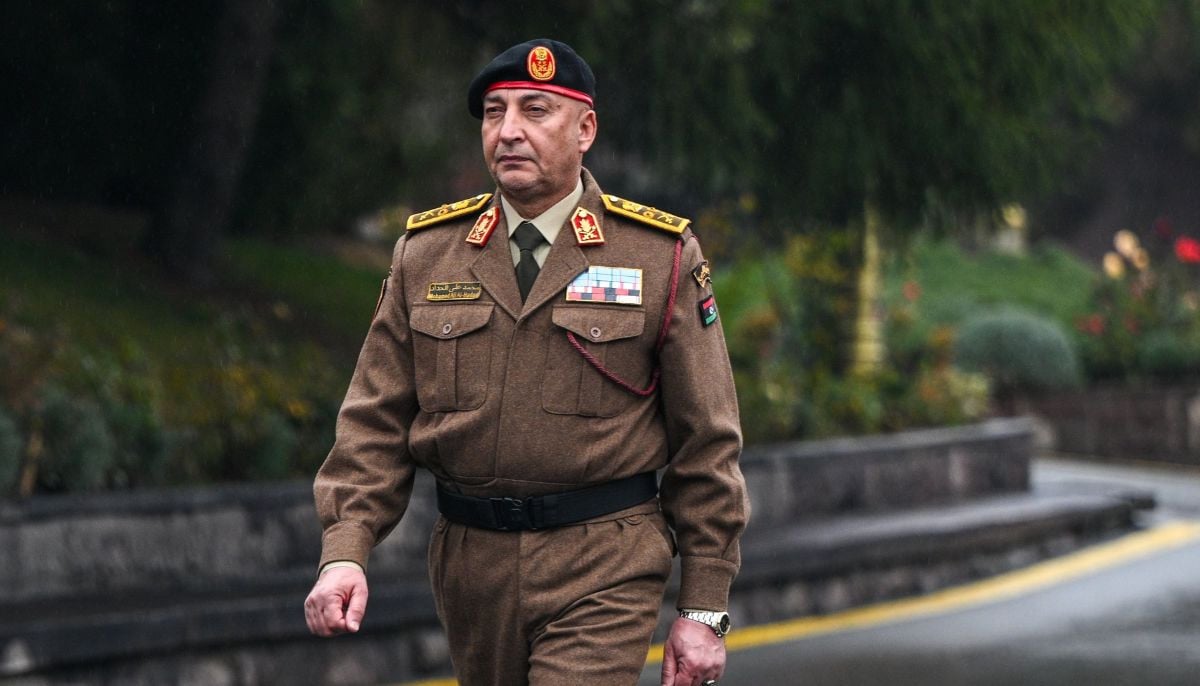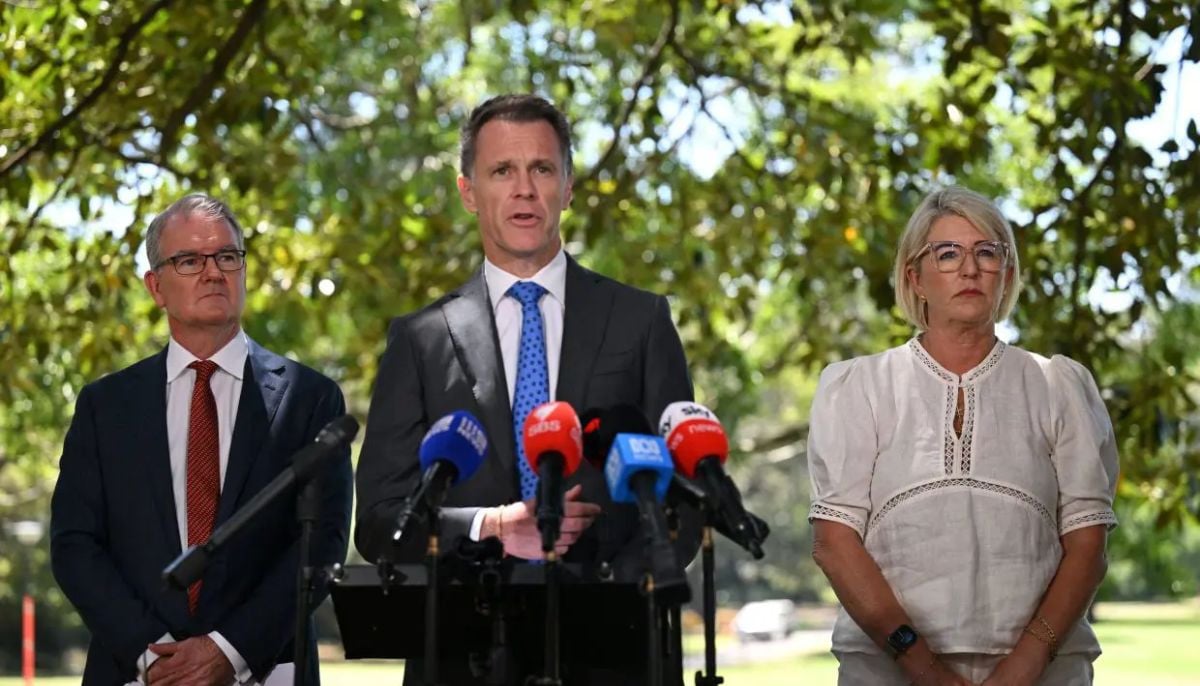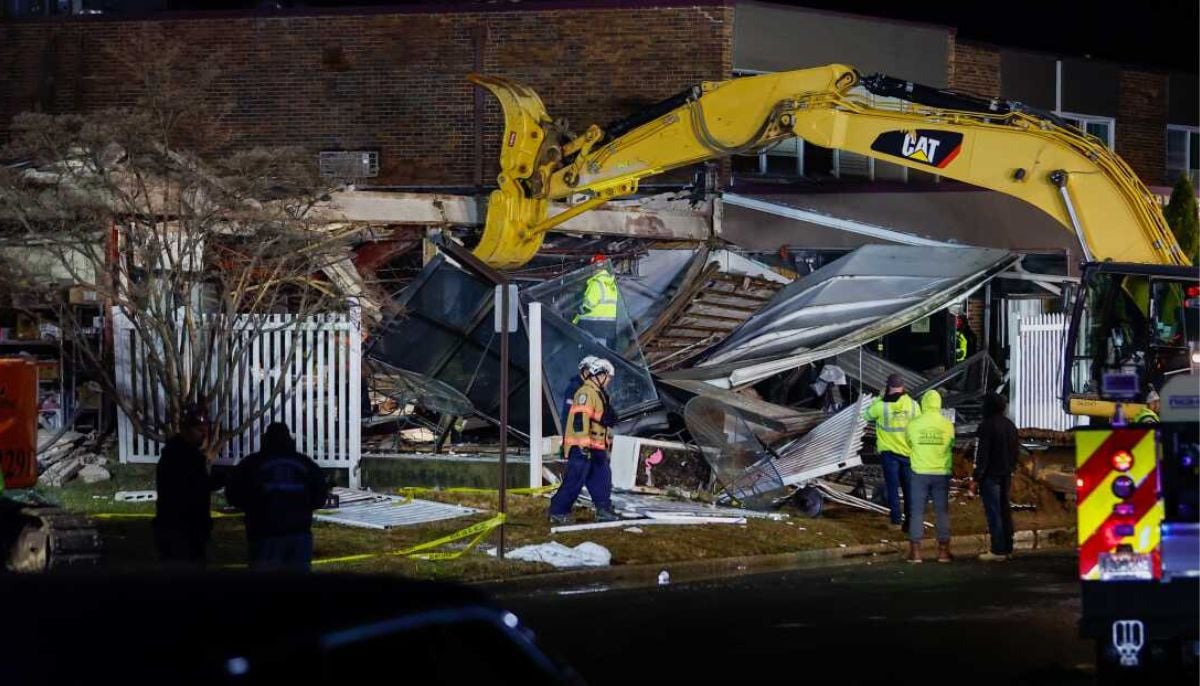Pakistani diplomat narrates visit to China's Xinjiang
Responding to a question Pakistani diplomat remarked that Xinjiang's development is a key to the western development strategy of China. “We can witness signs of this development even in remote parts of the region including the less developed areas in the south.”
BEIJING: Deputy Head of Mission, Pakistan Embassy in China, Mumtaz Zahra Baloch Thursday said the development of infrastructure, airports, railways and the road network has enhanced connectivity of Xinjiang with the rest of China and with neighboring countries.
The autonomous region is thus ready to play a critical role in the development of the Belt and Road initiative, she told the Global Times in an interview.
Mumtaz Baloch was part of a group of diplomats from 12 countries that visited Urumqi, Kashgar, and Hotan in Xinjiang Uyghur Autonomous Region last month.
She said that Xinjiang is undergoing rapid industrialization through preferential tax policies to attract domestic and international enterprises and hoped that peace and stability in the region together with policies for socio-economic development will further encourage investment there.
This would also increase the prospects of the local population playing an even bigger role in the development of the region especially with the growing focus on vocational training and Putonghua skills, she added.
Responding to a question she remarked that Xinjiang's development is a key to the western development strategy of China. “We can witness signs of this development even in remote parts of the region including the less developed areas in the south.”
Sharing her experience, she said it was an amazing experience to visit this land of immense beauty, history, and culture. “Our visit reinforced my perceptions about this region that it has a multicultural and multi-ethnic identity, that it is critical for the development of the western regions of China and that it is an important node for regional connectivity under the Belt and Road initiative.”
When asked what impress her the most during the trip, she said she was impressed with the fast pace of development of the region. This policy of development and poverty alleviation is focused not just on the richer cities but also on the poorer cities and counties.
She opined that the development efforts at the grassroots especially in southern Xinjiang are remarkable and are aimed at improving the living standards of the people there.
“I was particularly impressed with village-run factories and SMEs and the low-cost housing being developed for the villagers,” she added.
She expressed the confidence that with such focused strategies to improve access of people to education, housing, livelihood, healthcare, and social security, Xinjiang will be able to meet its developmental targets.
About her visit to vocational education and training centers, she said the visit program was quite broad which enabled the diplomats to get a glimpse of the situation in Xinjiang.
“During the visit, we had the opportunity to visit the Xinjiang Islamic Institute, the bazaars, mosques, police stations, economic development, and poverty alleviation projects and vocational education and training centers,” she added.
She said the diplomats were given full and open access to the three centers that they visited in Kashgar and Hotan.
The training program includes the teaching of national common language (Chinese), law and constitution and vocational skills. The students also participate in recreational activities like sports, music, and dance. The diplomats witnessed several skill classes being offered in these centers.
“We had the opportunity to interact with both the management and the students. We observed the students are in good physical health. The living facilities are fairly modern and comfortable with separate dormitories for men and women. They are being served halal food.”
To yet another question, she said, “I did not find any instance of forced labor or cultural and religious repression. The imams we met at the mosques and the students and teachers at the Xinjiang Islamic Institute told us that they enjoy freedom in practicing Islam and that the Chinese government extends support for maintenance of mosques all over Xinjiang.
I learned that there are over 30,000 mosques all over Xinjiang that form part of the religious life of the people there.”
Mumtaz Baloch said similarly she did not see any sign of cultural repression. The Uyghur culture as demonstrated by their language, music, and dance is very much part of the life of the people of Xinjiang.
The most visible sign of protection of Uyghur culture by the government is the government-run bilingual kindergarten schools where children learn Putonghua as well as Uyghur language and culture from a very young age.
About the measures taken to eliminate terrorism, she said, it was informed that the recent measures have resulted in improvement of the security situation in Xinjiang and there have been no incidents of terrorism in recent months.
The counter-terrorism measures being taken are multidimensional and do not simply focus on law enforcement aspects. Education, poverty alleviation and development are key to the counter-terrorism strategy of the Chinese government, she concluded.
-
Princess Anne supports transformation of former store into learning hub
-
Five key takeaways from the new Epstein files
-
H-1B visa: US judge rejects business Group’s challenge to Trump’s $100,000 Visa fee
-
Libyan army chief killed in jet crash: Initial cause revealed
-
Australia passes gun law & protest ban: What it means for public safety
-
Explosion at Pennsylvania nursing home leaves at least two dead, several injured
-
Epstein files: What did Ghislaine Maxwell say about Andrew?
-
Epstein files released: Thousands of new documents surface after Trump remarks



